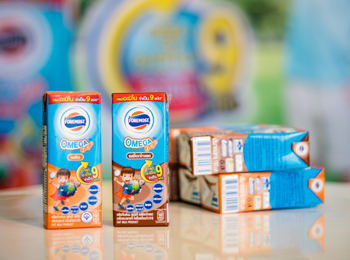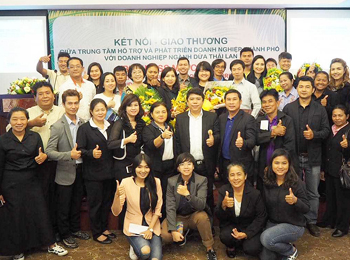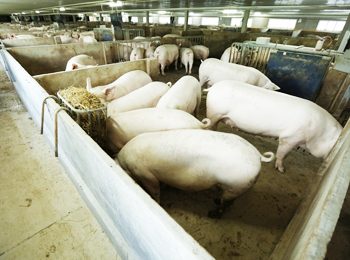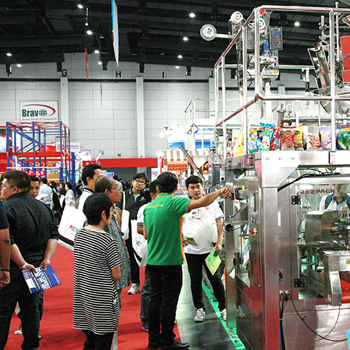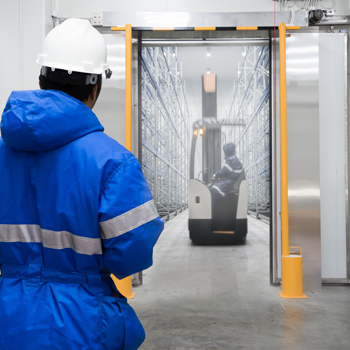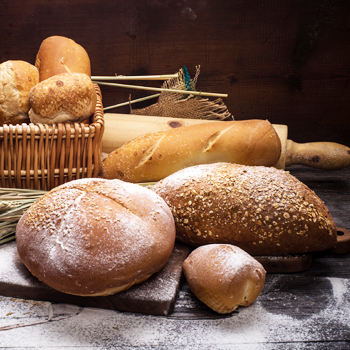18 กันยายน 2560 – กรมส่งเสริมการค้าระหว่างประเทศ กระทรวงพาณิชย์ จัดพิธีมอบประกาศนียบัตรตราสัญลักษณ์ Thailand Trust Mark (T Mark) ให้แก่ 67 องค์กรธุรกิจไทย เจ้าของสินค้าและบริการคุณภาพมาตรฐานสากล ณ ห้องบุรฉัตรไชยากร กระทรวงพาณิชย์ วันที่ 18 กันยายน 2560 โดยได้รับเกียรติจากนายวินิจฉัย แจ่มแจ้ง ผู้ช่วยรัฐมนตรีว่าการกระทรวงพาณิชย์ เป็นประธานในพิธี เพื่อการันตีคุณภาพระดับสากลของสินค้าและบริการ หวังช่วยเสริมภาพลักษณ์ที่ดีของแบรนด์ไทยในตลาดต่างประเทศ พร้อมสร้างความมั่นใจแก่ผู้บริโภคว่าได้รับสินค้าและบริการคุณภาพสากลทำด้วยใจคนไทยอย่างแท้จริง
นายวินิจฉัย แจ่มแจ้ง ผู้ช่วยรัฐมนตรีว่าการกระทรวงพาณิชย์ กล่าวว่า เวทีการค้าโลกในปัจจุบันมีการแข่งขันกันสูงมาก ผู้ประกอบการแต่ละประเทศต่างมีกลยุทธ์การตลาดเพื่อสร้างความได้เปรียบและจุดขาย เพื่อ
กุมหัวใจของผู้บริโภคให้ได้ ซึ่งผู้บริโภคสมัยนี้ให้ความสำคัญกับคุณภาพของสินค้าและบริการ รวมถึงยังสนใจเรื่องความรับผิดชอบขององค์กรธุรกิจที่มีต่อสังคมและสิ่งแวดล้อมอีกด้วย
ด้วยตระหนักถึงสิ่งเหล่านี้ กรมส่งเสริมการค้าระหว่างประเทศจึงจัดทำตราสัญลักษณ์ T Mark ขึ้นมา เพื่อสื่อสารให้ผู้บริโภครับรู้ว่า สินค้าและบริการที่ได้รับตราสัญลักษณ์นี้มาจากประเทศไทย มีคุณภาพมาตรฐานระดับสากลและเชื่อถือได้ เนื่องจากบริษัทที่ได้รับตราสัญลักษณ์ T Mark ต้องมีมาตรฐานด้านต่างๆ ตรงตามเกณฑ์การพิจารณาของคณะกรรมการ ได้แก่ กระบวนการผลิต การใช้แรงงาน ความรับผิดชอบต่อสังคม และสิ่งแวดล้อม ซึ่งบริษัทจะต้องขอต่ออายุการใช้ตราสัญลักษณ์นี้ทุกๆ 3 ปี ดังนั้นจึงหมายความว่าจะต้องรักษาคุณภาพมาตรฐานอย่างสม่ำเสมอ เนื่องจากต้องมีการประเมินทุกๆ 3 ปี
“สินค้าและบริการไทยได้รับการยอมรับและเป็นที่ชื่นชอบของชาวต่างประเทศส่วนใหญ่อยู่แล้ว โดยกรมฯ พบว่า ตรา T Mark ช่วยให้ผู้บริโภคชาวต่างชาติตัดสินใจซื้อสินค้าได้ง่ายขึ้น เพราะพวกเขามั่นใจว่าสินค้าและบริการเหล่านี้ผลิตอย่างพิถีพิถันในเมืองไทย และมีคุณภาพดี”
สำหรับปีนี้ มีบริษัทผ่านการคัดเลือกได้รับตราสัญลักษณ์ T Mark รวมทั้งสิ้น 67 บริษัท แบ่งเป็น กลุ่มอุตสาหกรรมอาหาร 20 บริษัท กลุ่มอุตสาหกรรมหนัก 14 บริษัท กลุ่มอุตสาหกรรมไลฟ์สไตล์ 12 บริษัท กลุ่มอุตสาหกรรมแฟชั่น 2 บริษัท และกลุ่มอุตสาหกรรมทั่วไป 19 บริษัท โดยบริษัทที่ได้รับตราสัญลักษณ์สามารถ
นำตราสัญลักษณ์ไปติดบนสินค้าและบรรจุภัณฑ์ ซึ่งเป็นการสร้างภาพลักษณ์ที่ดีของตราสินค้า และความน่าเชื่อถือในคุณภาพของสินค้าในกลุ่มผู้บริโภคทั้งภายในประเทศและต่างประเทศ
ขณะเดียวกัน ยังได้รับสิทธิประโยชน์อื่น อาทิ ได้รับการประชาสัมพันธ์อย่างต่อเนื่องโดยกรมส่งเสริมการค้าระหว่างประเทศในสื่อต่างๆ ทั้งภายในและต่างประเทศ ตลอดจนรับการสนับสนุนเพื่อพัฒนาและเสริมสร้างศักยภาพของธุรกิจ และได้รับการพิจารณาเข้าร่วมกิจกรรมต่างๆ เป็นลำดับแรก อาทิ การเข้าร่วมในงาน T Mark Festival การประชาสัมพันธ์ในนิตยสารระดับโลก การร่วมสร้างศักยภาพด้านการสร้างแบรนด์และพัฒนาสินค้ากับกิจกรรม T Mark Training Series และเข้าร่วมกิจกรรม Road to Shanghai ให้คำปรึกษาวางแผนธุรกิจเพื่อบุกตลาดลักชัวรี่ในประเทศจีน เป็นต้น
ทั้งนี้ ตราสัญลักษณ์ T Mark จัดทำโดยกรมส่งเสริมการค้าระหว่างประเทศ ตั้งแต่ปี 2555 เพื่อตอกย้ำจุดแข็งและสร้างความโดดเด่นอย่างมีเอกลักษณ์แก่สินค้าและบริการจากประเทศไทย ซึ่งมีคุณภาพที่ทั่วโลกไว้วางใจ (Trusted Quality) ในทุกมิติ ได้แก่ กระบวนการผลิตที่ได้มาตรฐานสากล ใช้แรงงานอย่างเป็นธรรม (Fair Labour) การผลิตที่คำนึงถึงสิ่งแวดล้อม (Environmental Concern) มีความรับผิดชอบต่อสังคม (Social Responsibility) และที่สำคัญคือคุณภาพที่เกิดจากความมุ่งมั่นตั้งใจลงมือ “ทำด้วย ใจ” ของผู้ประกอบการ (Heartmade Quality)
ในปี 2560 มีบริษัทผลิตสินค้าและบริการของไทยได้รับตราสัญลักษณ์ T Mark รวม 763 บริษัท โดยมี 2 ประเภทหลัก คือ สินค้า ได้แก่ สินค้ากลุ่มอาหาร อุตสาหกรรมหนัก ไลฟ์สไตล์ แฟชั่น สินค้าทั่วไป และธุรกิจบริการ ได้แก่ กลุ่มส่งเสริมสุขภาพ การศึกษานานาชาติ และธุรกิจบริการรักษาพยาบาล
www.thailandtrustmark.com

